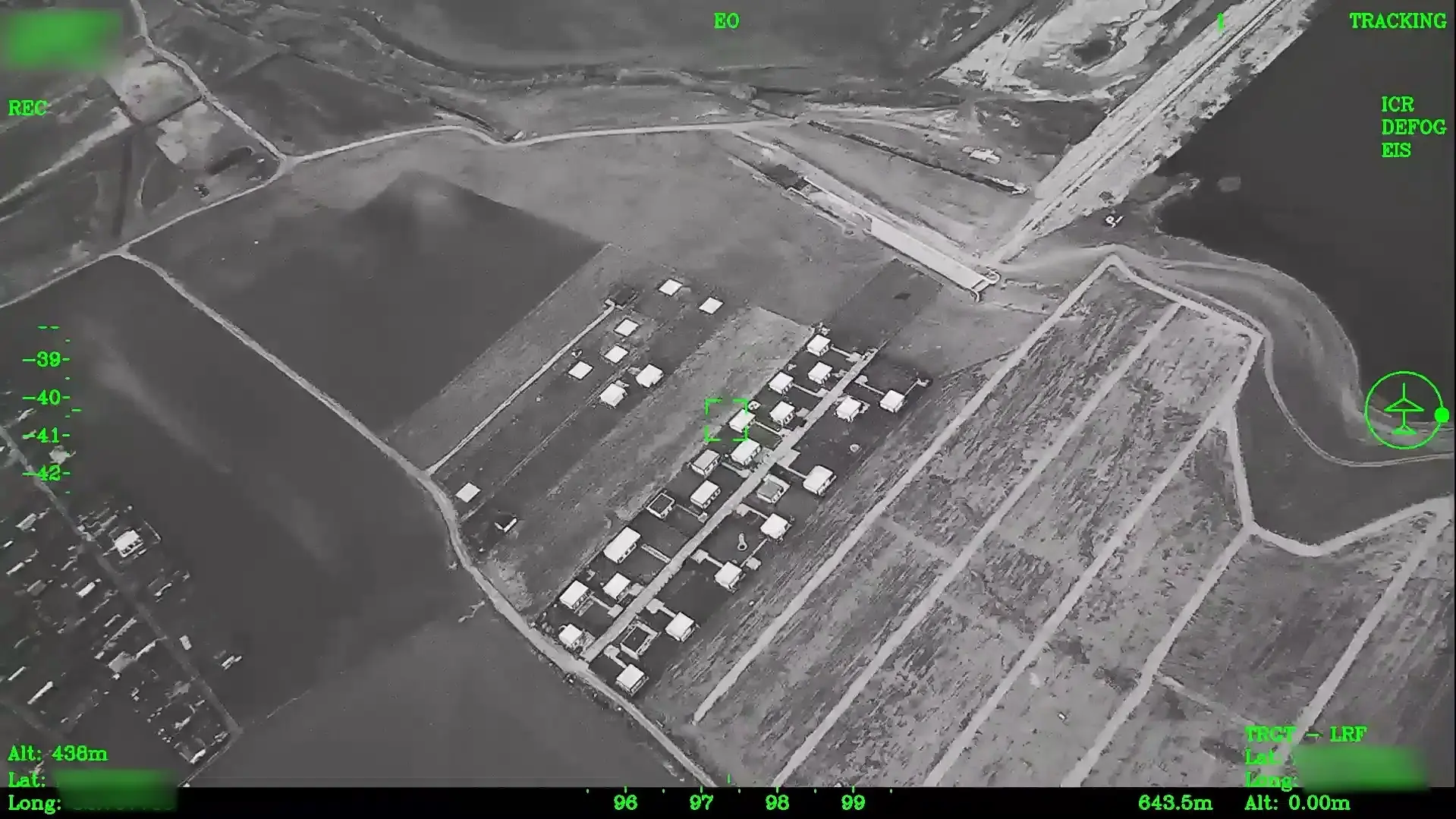Uncrewed Aerial Vehicles (UAVs) rely heavily on real-time video transmission for various applications, including surveillance, mapping, inspections, etc. Efficient video compression is crucial to ensuring high-quality video streams over often limited and variable bandwidth datalinks. Two of the most widely used video compression standards are H.264 and H.265. This article details the science behind these compression algorithms, their usefulness for UAVs, and a comparative analysis of their advantages and disadvantages.
Understanding H.264 and H.265 Compression Algorithms
H.264 Compression Algorithm
H.264, also known as Advanced Video Coding (AVC), is a widely used video compression standard. It is known for providing good video quality at relatively low bit rates. H.264 achieves this through various techniques such as: 1. Intra Prediction: Reduces spatial redundancy within a single frame by predicting blocks of pixels based on surrounding pixels. 2. Inter Prediction: Reduces temporal redundancy between successive frames by predicting blocks of pixels from previous or future frames. 3. Transform and Quantization: Converts pixel values into frequency domain coefficients, which are then quantized to reduce precision and compress data. 4. Entropy Coding: Uses methods like Context-Adaptive Binary Arithmetic Coding (CABAC) to further compress the data without losing information.
H.265 Compression Algorithm
H.265, also known as High Efficiency Video Coding (HEVC), is the successor to H.264. It offers improved compression efficiency and video quality. H.265 achieves this through advanced techniques: 1. Improved Intra Prediction: Uses larger and more flexible block sizes for better prediction accuracy. 2. Enhanced Inter Prediction: Supports a wider range of motion vector predictions, including more accurate sub-pixel motion estimation. 3. Transform and Quantization: Uses larger transform block sizes to capture more spatial detail. 4. Entropy Coding: Utilizes enhanced entropy coding techniques like CABAC to compress data more efficiently.
Transmitting H.264 and H.265 Video Over UAV Datalinks
UAVs transmit video data over wireless datalinks, which can have varying bandwidth and latency. Efficient video compression is essential to maximize the quality and reliability of the video feed. Here’s how H.264 and H.265 compare in this context:
H.264 for UAVs
• Bandwidth Efficiency: H.264 provides good compression, reducing the bandwidth required for video transmission. For high-resolution video, it requires higher bandwidth for video transmission, making it challenging for small UAVs to transmit the videos over limited bandwidth datalinks. • Latency: Due to its widespread use and optimization, H.264 can offer low latency, which is crucial for real-time applications like UAV piloting and monitoring. • Compatibility: H.264 is widely supported across various devices and platforms, making it easier to integrate with existing UAV systems.
H.265 for UAVs
• Bandwidth Efficiency: : H.265 offers significantly better compression efficiency than H.264, which can be crucial for transmitting high-resolution video over limited bandwidth. • Latency: H.265 can introduce slightly higher latency due to its more complex processing. • Compatibility: While H.265 support is growing, it is not as universally supported as H.264, potentially complicating integration with older systems.
Comparative Analysis: H.264 vs. H.265 Compression
| FEATURE | H.264 (AVC) | H.265 (HEVC) |
|---|---|---|
| Compression Efficiency | Good | Excellent (up to 50% better than H.264) |
| Video Quality | High | Higher, especially at lower bit rates |
| Bandwidth Requirement | Moderate | Lower (more efficient) |
| Latency | Low | Slightly higher due to more complex processing |
| Compatibility | Widely supported | Growing support but not as widespread |
| Processing Power | Moderate | Higher (requires more computational resources) |
| Storage Requirement | Moderate | Lower (more efficient storage) |
| Implementation Cost | Lower (well-established technology) | Higher (newer technology, more expensive) |
Practical Implications for UAVs
Real-Time Surveillance and Monitoring
Low latency and high compatibility are crucial for real-time applications, such as surveillance. Both H.264 and H.265 compression can be used depending on the bandwidth of the platform. However, for smaller UAVs, a datalink with wide bandwidth is challenging which is why H.265 compression stands out to be the right solution. H.265 also requires the latest hardware making it sometimes challenging for older hardware to process.
High-Resolution Video Transmission
For applications requiring high-resolution video, such as long-distance surveillance, detailed mapping, or inspections, the improved compression efficiency of H.265 can be highly beneficial. The ability to transmit higher-quality video over limited bandwidth can significantly enhance the effectiveness of these missions.
Data Storage and Post-Processing
When storing video data for post-mission analysis, H.265's higher compression efficiency can save storage space and reduce costs. Additionally, the higher video quality at lower bit rates can improve the accuracy of post-processing tasks, such as image recognition and analysis.
Conclusion
Both H.264 and H.265 compression algorithms have their strengths and weaknesses when it comes to transmitting video over UAV datalinks. H.264 offers low latency and broad compatibility, making it ideal for real-time applications with stronger video transmission hardware. On the other hand, H.265 provides superior compression efficiency and video quality, which can be advantageous for high-resolution video transmission and storage.




